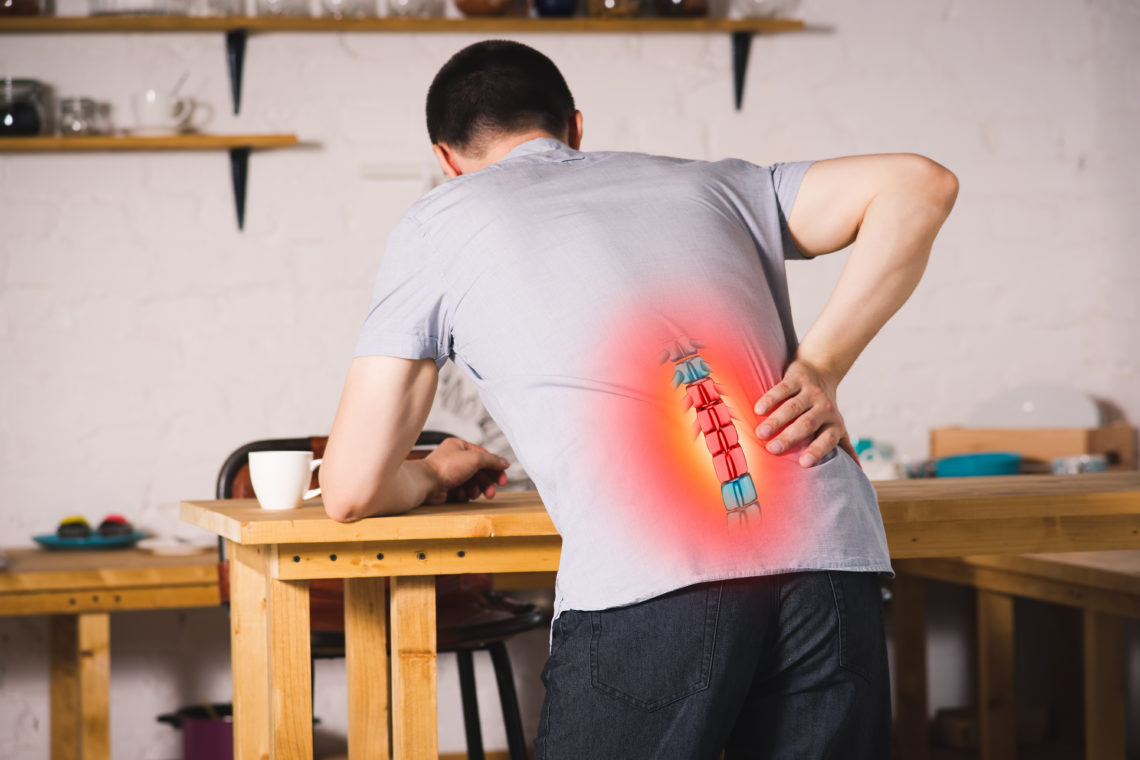One of the most common that affects a huge population is back pain. There are a lot of factors that trigger back pain such as a slipped disc. In fact, 1-5% of people suffering from back pain is caused by a slipped disc, and it has the potential to cause neck pains.
Understanding Slipped Disc
The spine or backbone, is composed of multiple bones that are also known as vertebrae. The vertebrae are stacked to form the spinal column, and when in between them, there are jelly-like cushioning pads that act as shock absorbers known as intervertebral discs. As we grow older, the harmony of these discs degenerate from weight bearing and daily activities. This natural wear and tear tissues around the disc causes pain at the site of the slipped disc, including neck pain and lower back pain.
A slipped disc, also known as ruptured or herniated disc, is a condition that occurs when that gel that covers the disc in the spine moves or slips due to degeneration of disc elasticity. Any activity that puts pressure on the spine may lead to a slipped disc. This condition is more common to individuals aged 30 and 50 and is more prevalent to men and in women. Other factors that may increase your risk of a slipped disc includes repetitive lifting of heavy objects, prolonged standing or sitting, and overweight.
What are the symptoms of a slipped disc?
Symptoms of a slipped disc vary depending on the severity of the condition. On the other hand, there are some who don’t experience any symptoms at all. The most common symptom of a slipped disc is numbness or pain that shoots down your legs. Aside from that, here are other symptoms of a slipped disc:
- If the slipped disc occurs in the neck area, the shooting pain may start around the neck area and radiate down to the arms.
- If the slipped disc happens in the lower back, it may result in a condition called sciatica. Sciatica affects the sciatic nerve which runs from the buttocks down to the legs and feet. In case of sciatica, a person may experience shooting pain, numbing and tingling sensation in the buttocks that travels down the legs and feet.
- Loss of bladder or bowel control.
- Muscle weakness.
Diagnosing and treating a slipped disc
To diagnose your condition, you need to go through physical examinations such as checking your back for painful spots. To determine the source of the pain, you may be asked to make reflexes on your knee and ankle, walk on your heels and toes to determine the strength of your legs, and others. Further tests may be requested too such as X-Ray, MRI, CT Scan, and Electromyogram (EMG).
For the majority of patients, a slipped disc slowly improves over a period of several days to weeks. With the help of a physical therapy plan, and over-the-counter medication, symptoms of this condition can be relieved. The physical therapy will typically focus on improving your flexibility, relieving pain, building strength in the surrounding muscles, and preventing further injury. Stretching exercises, massage, and aerobic exercises are some of the most common therapies used to treat the symptoms of a slipped disc.
Furthermore, steroid injections are sometimes used in order to reduce swelling and pain. However, this should be prescribed to be advised by your doctor first. For severe cases, a surgery may be needed. In this procedure, the doctor will make a small cut in the patient’s back and use a microscope to remove the loose piece of the disc and free the nerve. The recovery period only takes a few weeks. For more information on slipped disks or back pain, contact us at the Pain & Spine Center of Charlottesville.




